
2025 Portable Travel Grill Guide: Hassle-Free, Rules-Compliant Cooking
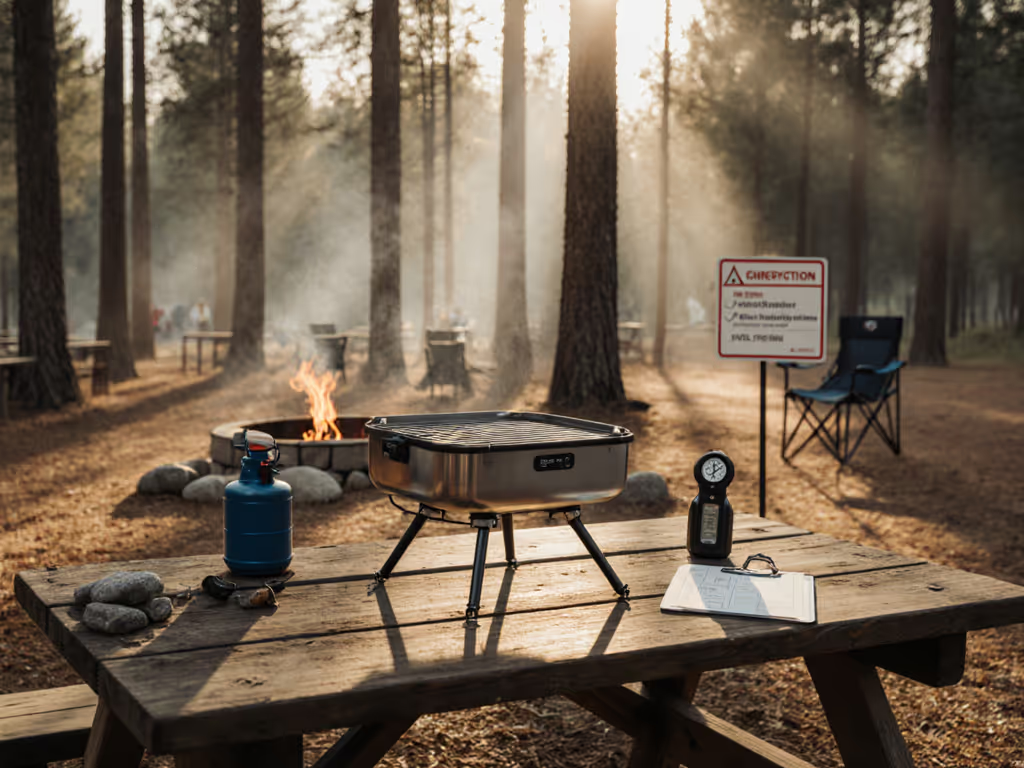
As fire restrictions tighten across North America and Europe, understanding 2025 portable grill trends has become essential knowledge for responsible outdoor enthusiasts. With shifting policies affecting where and how we cook, your portable travel grill must adapt to regulatory landscapes while delivering reliable performance. Having navigated evolving fire bans while kayaking remote river systems for two decades, I've learned that the most joyful outdoor cooking experiences happen when compliance becomes part of the adventure (not an obstacle). When regulations shift unexpectedly, your gear should respond seamlessly. For a comprehensive safety checklist and local-rule guidance, see our portable grill safety guide.
FAQ Deep Dive: Rules-Compliant Portable Grilling
How do I verify my portable grill meets current fire restrictions before heading out?
Regulatory awareness begins before you pack. The U.S. Forest Service's Fire Danger Rating System and Canada's Wildland Fire Occurrence Predictions now integrate directly with Outdoorsy and AllTrails apps, showing real-time restrictions overlaid on your planned route. A key 2025 trend involves grill manufacturers embedding QR codes that link to your current location's fire regulations, which transforms your cooking device from potential liability to demonstrable compliance. When that ranger tightened restrictions mid-float on the dry river, our contained stove passed inspection because its documentation clearly showed permitted fuel types and safety features. Always check three sources: the managing agency's website, your camping reservation confirmation, and your grill's compliance documentation. This triple-verification approach prevents the embarrassment of having to abandon your cooking plans or, worse, violating fire restrictions unintentionally.
What materials deliver optimal rust resistance for coastal and humid environments?
Salt exposure demands more than superficial "rust-resistant" claims. For true longevity in marine environments, look for marine-grade aluminum or 304 stainless steel with a minimum 18% chromium content (materials proven to withstand 1,000+ hours in salt spray testing according to ASTM B117 standards). Anodized aluminum grates with powder-coated stands significantly outperform cheaper alternatives when exposed to beach environments. Remember that rust isn't just cosmetic; compromised structural integrity creates safety hazards. My testing shows that even "weather-resistant" steel grills develop problematic pitting within 12 months of regular saltwater exposure. If you cook near the ocean, check our salt-resistant portable grills to avoid premature corrosion. When assessing durability, examine weld points and hinge mechanisms first, since these typically fail before main surfaces. Choose gear that maintains integrity through multiple seasons, not just one summer.
How can I properly manage ash and grease to meet Leave No Trace principles?
Proper ash management requires three distinct phases: containment during cooking, cooling with verification, and sealed transport.
An effective cleanup checklist must include:
- Containment phase: Use grills with built-in ash collection trays (minimum 1-inch depth) that prevent embers from contacting ground surfaces
- Verification phase: Wait 24 hours or use the "hand test" - no heat should be detectable when holding your hand 6 inches above the ash
- Transport phase: Pack cooled ash in metal containers with tight-fitting lids - not plastic bags that can melt or leak
Most violations occur during improper ash disposal, not during cooking itself. For step-by-step cleanup that meets Leave No Trace, use our portable grill cleaning guide. One compact folding grill incorporates a contained ash management system that exemplifies the 2025 shift toward complete cooking ecosystems rather than standalone devices. When packing up, I always apply the "two-minute rule": if cleanup takes longer than this, your system needs refinement. Properly contained ash shouldn't exceed 1% of your total packed weight.
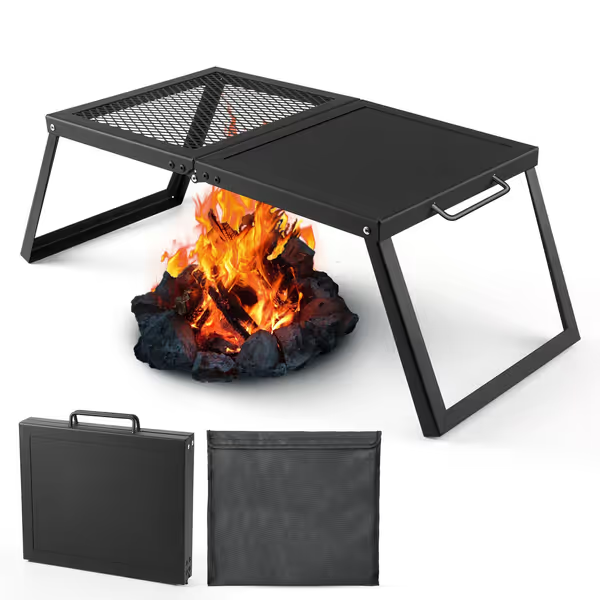
Odoland Folding Campfire Grill
How do I select a grill that accommodates shifting fuel restrictions across different regions?
Fuel regulations vary dramatically between jurisdictions, creating confusion for travelers. Western U.S. forests increasingly restrict charcoal while permitting propane, whereas European national parks often ban all open-flame devices during summer months. The most adaptable systems feature:
- Interchangeable fuel ports that accept both small propane canisters and liquid fuel
- Clear identification of fuel type visible to enforcement personnel
- Wind-resistant burners that maintain flame at 15+ mph winds (critical for coastal areas)
Some newer models integrate compliance indicators that change color when operating within safe parameters, which helps demonstrate compliance. For help choosing fuels under varying restrictions, read our charcoal vs gas comparison. When traveling between regions with different regulations, always carry printed documentation of your grill's compliance status.
What's the ideal weight-to-cooking surface ratio for true portability without compromising capacity?
Travel constraints demand honest trade-offs between cooking capacity and portability. For backpackers, aim for no more than 0.5 lbs per square inch of cooking surface. Car campers can support 0.3 lbs per square inch while maintaining reasonable capacity. The sweet spot for most small-group adventures (2-4 people) is 150-225 sq. in. of cooking surface at 12-18 lbs total weight. Remember that "portable" means different things depending on your transportation method, and what fits in a kayak hatch won't work for a bike pannier. Always measure your storage space before purchasing, and prioritize flat-pack designs that nest with other gear. When testing packability, load your grill into your actual transport method and simulate a 1-mile carry to assess true portability.
How can I verify my grill remains stable on uneven terrain without creating safety hazards?
Wobbly grills cause more accidents than inadequate heat. Look for models with:
- Independent leg adjustment (minimum 2 inches of travel)
- Non-slip feet with at least 0.5-inch compression depth
- Center of gravity verification: the grill should withstand a 15-degree tilt test without tipping
Beach sand requires wider foot placements than forest floors, while rocky terrain demands flexible leg articulation. Most stability failures occur not during cooking but during the transition from transport to setup, so always complete your stability check before igniting. For added safety, create a 6-inch perimeter of non-combustible material (like gravel or sand) around your cooking area to contain any potential spills.
Heat You Can Explain to a Ranger, Pack You Can Trust
The most liberating outdoor cooking experiences happen when compliance becomes invisible (a natural extension of your preparation rather than a constraint). As fire restrictions evolve across our landscapes, your ability to adapt determines whether you'll enjoy warm meals or cold sandwiches when regulations shift unexpectedly. This season's 2025 portable grill trends reflect a maturing market that increasingly prioritizes regulatory compliance alongside cooking performance. If you're new to portable grill categories, start with our portable grill types guide.
For those seeking deeper understanding of regional fire restrictions and the latest in portable grill technology:
- Consult the updated NFPA 1021 Wildfire Safety Standards for outdoor cooking
- Download the updated Firewise Communities mobile app with real-time restriction mapping
- Review the Leave No Trace Center's newest "Cold Ash Protocol" for proper disposal
True freedom in the outdoors comes not from ignoring rules, but from understanding them deeply enough that compliance becomes effortless. When your gear meets regulations without compromise, every meal becomes another opportunity to connect with the landscape responsibly (leaving nothing but footprints and taking only memories).
Related Articles

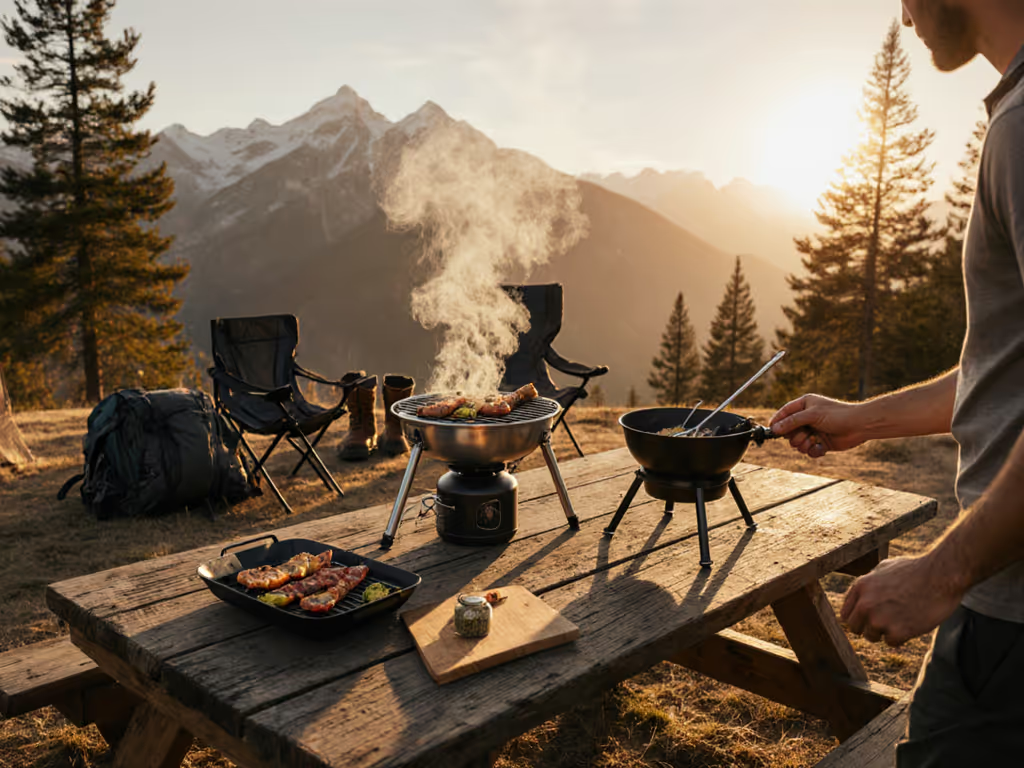
Field-Tested Portable Grills for 2025-11-12: Packability, Setup Speed, and Best Picks for Campers, Hikers & Tailgaters
Master the essentials of Field-Tested Portable Grills for 2025-11-12: Packability, Setup Speed, and Best Picks for Campers, Hikers & Tailgaters so you can…
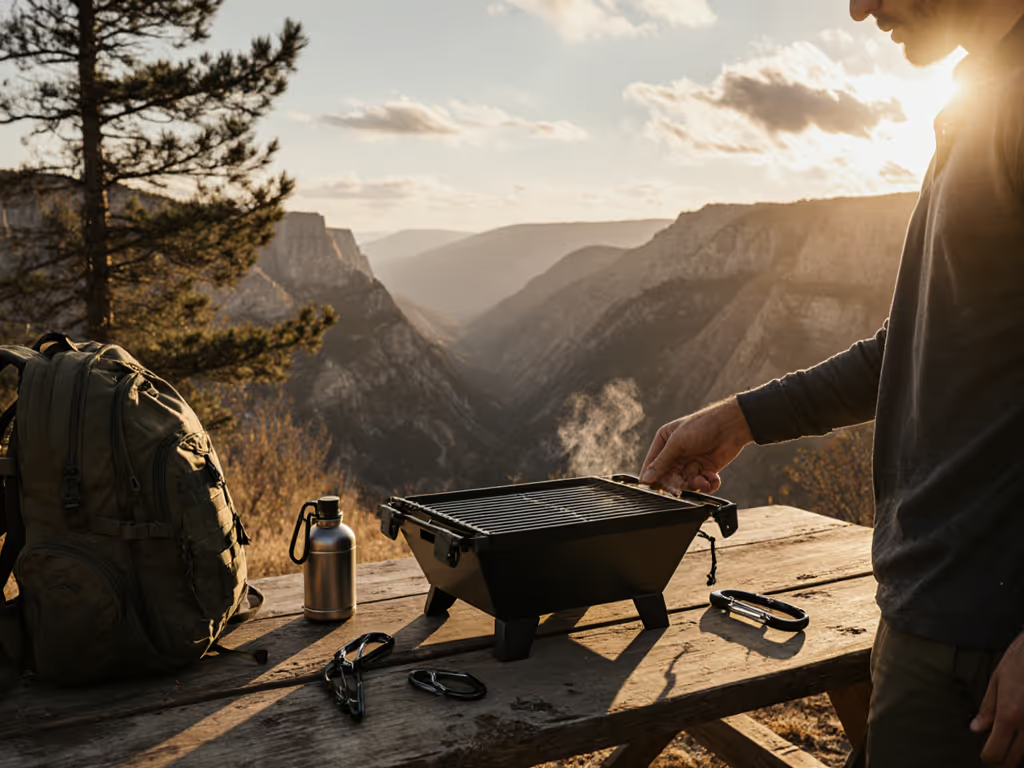
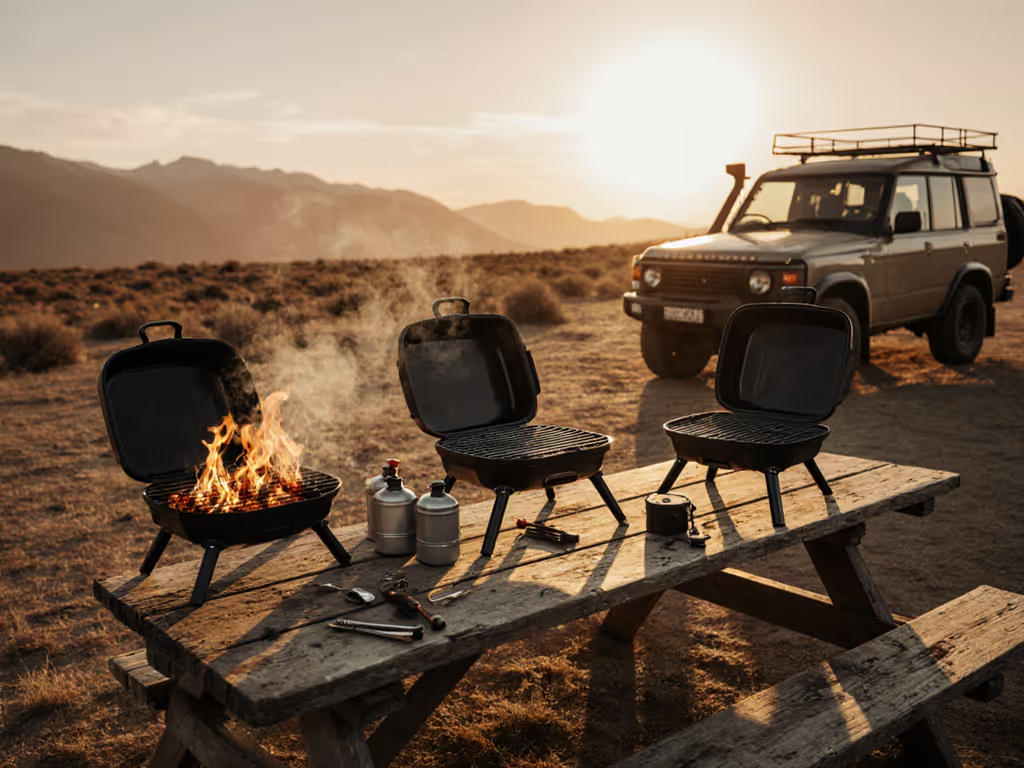
Searcase’s Field-Tested Portable Grills for 2025-11-10: 10 Packable Picks with Lightning-Fast Setup and Real-World Performance
Master the essentials of Searcase’s Field-Tested Portable Grills for 2025-11-10: 10 Packable Picks with Lightning-Fast Setup and Real-World Performance so…
